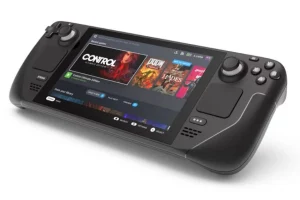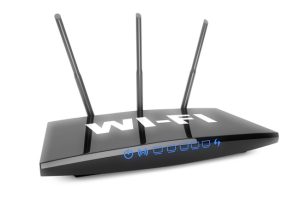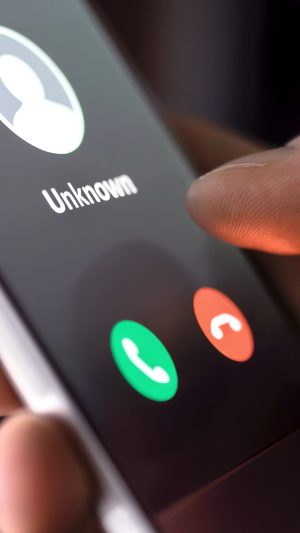
NEW YORK (NYTIMES, BLOOMBERG) – More than 1,500 workers for video game maker Activision Blizzard walked out from their jobs this week. Thousands signed a letter rebuking their employer. And even as the chief executive officer apologised, current and former employees said they would not stop raising a ruckus.
Ms Shay Stein, who used to work at Activision, said it was “heartbreaking”. Ms Lisa Welch, a former vice president, said she felt “profound disappointment”. Others took to Twitter or waved signs outside one of the company’s offices Wednesday to share their anger.
Elsewhere online, fans sought to organise a boycott of Activision games in solidarity with employees.
“You can support #ActiBlizzWalkout by not playing their titles,” Twitter user Shannon wrote. The post garnered more than 2,300 retweets and over 5,000 likes. In the comments, other users suggested not logging into games or uninstalling them.
Activision, known for its hugely popular Call Of Duty, World Of Warcraft and StarCraft gaming franchises, has been thrown into an uproar over workplace behaviour issues.
The upheaval stems from an explosive lawsuit that California’s Department of Fair Employment and Housing filed on July 20, accusing the US$65 billion (S$88 billion) company of fostering a “frat boy workplace culture” in which men joked about rape and women were routinely harassed and paid less than their male colleagues.
Activision publicly criticised the agency’s two-year investigation and allegations as “irresponsible behaviour from unaccountable state bureaucrats”. But its dismissive tone angered employees, who called out the company for trying to sweep away what they said were heinous problems that had been ignored for too long.
The intense reaction was unusual. Of all the industries that have faced sexism charges in recent years – including Hollywood, restaurants and the media – the male-dominated video game sector has long stood out for its openly toxic behaviour and lack of change.
In 2014, feminist critics of the industry faced death threats in what became known as Gamergate. Executives at gaming companies Riot Games and Ubisoft have also been accused of misconduct.
Now, the actions at Activision may signal a new phase, where a critical mass of the industry’s own workers are indicating they will no longer tolerate such behaviour.
“This could mean some real accountability for companies that aren’t taking care of their workers and are creating inequitable work environments where women and gender minorities are kept at the margins and abused,” said Associate Professor Carly Kocurek at the Illinois Institute of Technology who studies gender in gaming.
She said California’s lawsuit and the fallout at Activision were a “big deal” for an industry that had traditionally shrugged off claims of sexism and harassment. Other gaming companies are most likely watching the situation, she added, and considering whether they need to address their own cultures.
Mr Bobby Kotick, Activision’s CEO, apologised to employees Tuesday, saying that the responses to the lawsuit were “tone deaf” and that a law firm would investigate the company’s policies.
Activision, based in Santa Monica, California, said in a statement for this article that it was committed “to long-lasting change, listening and continuing the important work to create a safe and inclusive workplace that we can all be proud of”.
In interviews, seven current and former Activision employees said egregious behaviour had taken place at the company, up and down the hierarchy, for years. Three current employees declined to be named out of fear of retaliation. Their accounts of what happened at work largely align with what is laid out in the state lawsuit.















